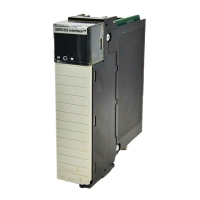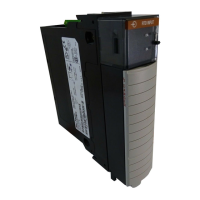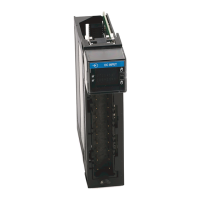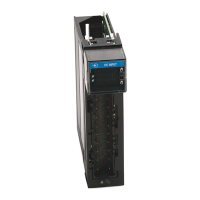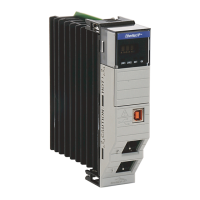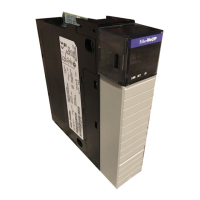72 Rockwell Automation Publication MOTION-UM002E-EN-P - June 2016
Chapter 4 Configure an Articulated Independent Robot
This robot has two rotary joints that move the gripper in the (X1, X2) plane.
Two forearm assemblies attach a fixed top plate to a movable bottom plate. A
gripper is attached to the movable bottom plate. The bottom plate is always
orthogonal to the X2 axis and its position is translated in Cartesian space (X1,
X2) by mechanical parallelograms in each forearm assembly. The two joints, J1,
and J2, are actuated joints. The joints between links L1 and L2 and between L2
and the base plate are unactuated joints.
Each joint is rotated independently to move the gripper to a programmed (X1,
X2) position. As each joint axis (J1 or J2 or J1 and J2) is rotated, the TCP of
the gripper moves correspondingly in the X1 or X2 direction or X1 and X2
direction. You can program the TCP to a (X1, X2) coordinate, then
Logix Designer application uses internal vector dynamic calculations to
compute the proper commands needed for each joint to move the gripper
linearly from the current (X1, X2) position to the programmed (X1, X2)
position.
The two joint axes (J1 and J2) of the robot are configured as linear axes.
To rotate the gripper, configure a third axis as a linear or rotary, independent
axis.
Establish the Reference Frame for a Delta Two-dimensional Robot
The reference frame for the two-dimensional Delta geometry is at the center of
the fixed top plate. When the angles of joints J1 and J2 are both at 0, each of
the two L1 links is along the X1 axis. One L1 link is pointing in the positive X1
direction, the other in the negative X1 direction.
When the right-hand link L1 moves downward, joint J1 is assumed to be
rotating in the positive direction and when L1 moves upward, the J1 is assumed
to be moving in the negative direction. When the left-hand link L1 moves
downward, joint J2 is assumed to be rotating in the positive direction and when
left-hand L1 moves upward, the J2 is assumed to be moving in the negative
direction.
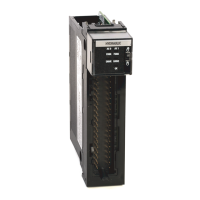
